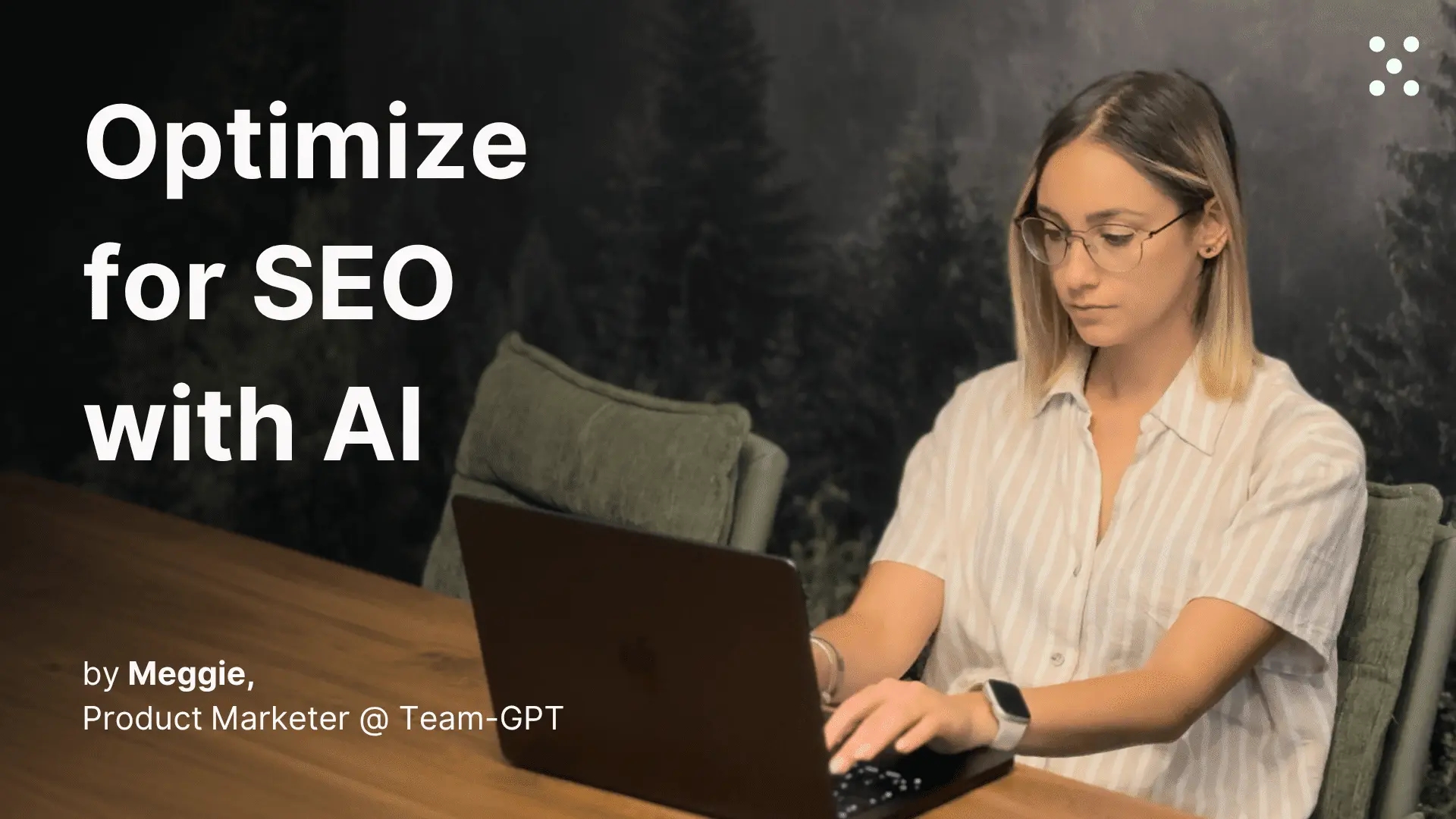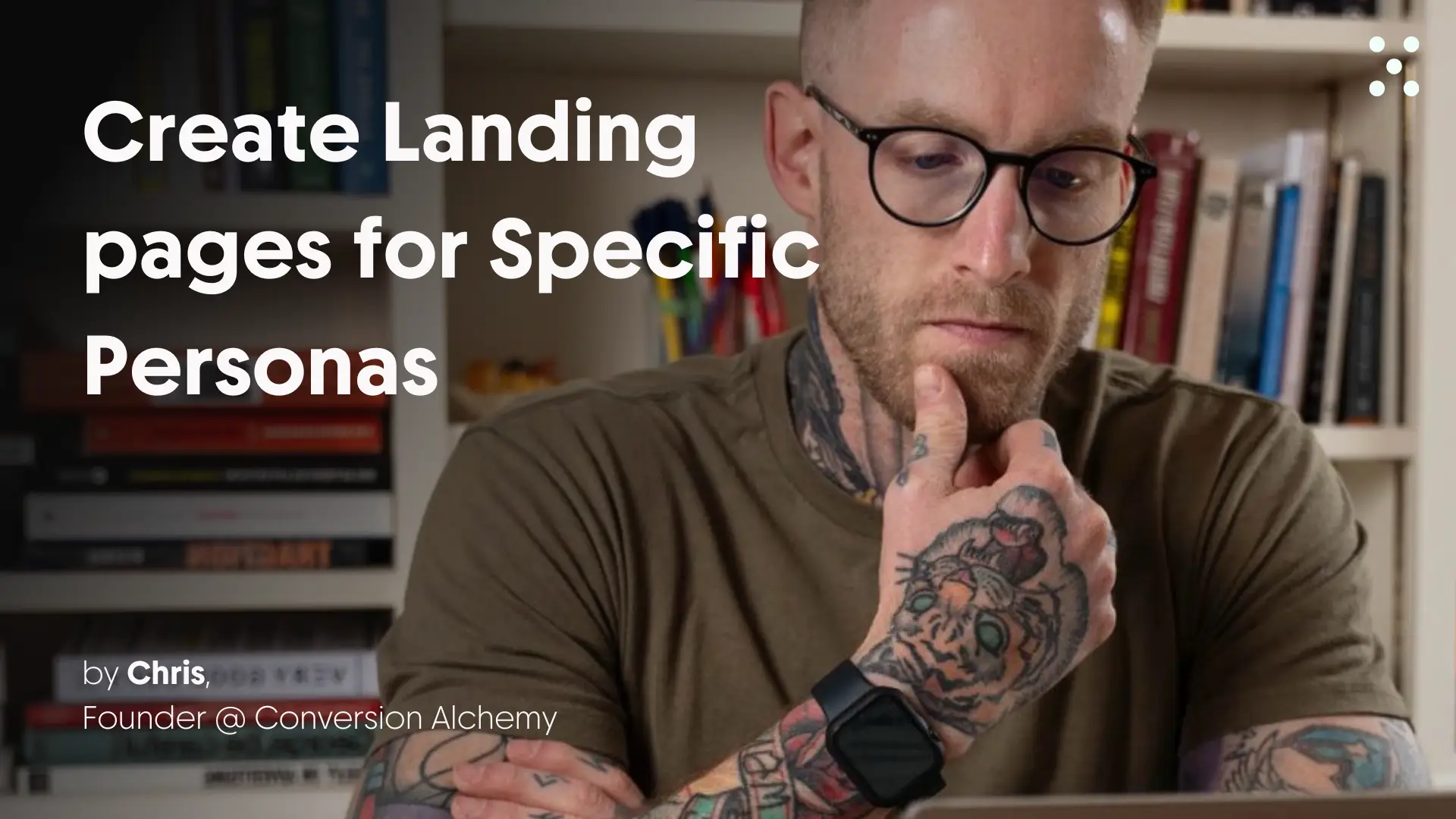How to write NLP-friendly paragraphs
Transform unclear, fluffy content into direct, NLP-friendly paragraphs that Google can easily understand and rank
Step 1: Create a Project and set up your NLP guidelines
Start by creating a dedicated Project in Team-GPT for your NLP optimization work.
Click on Project knowledge and add your NLP optimization guidelines. These instructions will be referenced automatically in every chat within this Project, ensuring consistent results without repeating yourself.
You can copy and paste John's guidelines into your Project info & instructions:
You can also add specific examples of well-optimized paragraphs to help the AI understand your exact style and tone.
Once this is set up, every chat in this Project will automatically follow these NLP principles.
Step 2: Choose your optimization method
There are two ways to use this workflow depending on whether you're creating new content or improving existing paragraphs.
Method 1: Ask questions to generate new NLP-friendly content
Use this method when you're starting from scratch and need to create new paragraphs that are NLP-friendly from the beginning.
In your Team-GPT chat, simply ask the question exactly as your target audience would search for it in Google.
For example, type: "What is cold email?"
The AI will generate a paragraph following all the NLP principles in your Project knowledge:
"Cold email is an unsolicited email sent to a recipient without prior contact or relationship. It's used by businesses for outreach, sales prospecting, and networking. Unlike spam, effective cold emails are personalized, relevant, and provide value to the recipient while respecting their time and privacy."
Notice how the answer:
- Starts immediately with "Cold email is..." (connecting question to answer)
- Uses direct language without fluff
- Stays within the 40-50 word limit
- Provides a clear, authoritative definition
This method works for any topic where you need clear, direct explanations. The key is framing your request as a question your audience would actually ask.
Method 2: Copy and paste existing paragraphs for optimization
Use this method when you have existing content that needs improvement. This is especially useful for updating old articles or fixing paragraphs that beat around the bush.
Copy the paragraph you want to optimize and paste it into your Team-GPT chat. Then ask the AI to rewrite it following your NLP guidelines.
For example, if you have this paragraph:
"What is cold email? If you're in the earlier days, what is cold email? So what is... I'm asking this question, and you're starting with a story, you're delaying the response, right?"
Paste it into the chat and say: "Rewrite this paragraph to be NLP-friendly."
The AI will analyze your text and generate a cleaner version that eliminates the delay, removes the rhetorical questions, and gets straight to the answer.
You can use this method for:
- Intro paragraphs that delay the answer
- Outro sections with unnecessary fluff
- Definition paragraphs that don't start with the entity
- Any content that feels wordy or unclear
Step 3: Compare and understand the improvements
After the AI rewrites your paragraph, ask it to explain what changed and why the new version is better for NLP.
Type: "Compare the differences between the two paragraphs and explain why the one you suggested is NLP-friendly."
The AI will break down specific improvements:
- How it reduced dependency hops between subject and answer
- Why it eliminated certain filler words or phrases
- Where it placed the answer in the sentence structure
- How it improved clarity for search engines
- Which specific NLP principles it applied
This step is valuable for two reasons:
First, it helps you understand what makes content NLP-friendly so you can write better first drafts in the future.
Second, it's an excellent training tool for your writers. Instead of just telling them "this needs to be clearer," you can show them concrete examples of what changed and why it matters for SEO.
Save particularly good examples to your Project knowledge as reference material your team can study and replicate.
Step 4: Apply optimizations to high-impact areas
Focus your optimization efforts on the areas that matter most for semantic SEO and featured snippet rankings.
- Intro paragraphs: The first paragraph under any H1 or H2 should answer the question immediately. This is where Google looks first when determining if your content satisfies a query.
- Definition sections: Any time you explain "what is X," get to the answer in the first sentence using the format "X is [answer]."
- Outro sections: Conclusion paragraphs should summarize key points without adding new fluff or restating what you already covered.
- Paragraphs below important headers: Content directly under your main headings carries more weight for NLP analysis.
You don't need to rewrite every paragraph on your site. Start with these high-impact areas where NLP optimization delivers the biggest ranking improvements.
Understanding why NLP-friendly content ranks better
Google's natural language processing looks for specific patterns when analyzing content. Understanding these principles helps you create content that both ranks better and serves readers more effectively.
Direct answers reduce dependency hops
Every word between your subject and answer creates a dependency hop. The more hops Google needs to make, the lower its confidence in your answer.
Compare these two sentences:
"The safe internal temperature for cooked chicken is 165° Fahrenheit." This requires 6 hops from chicken to the numerical answer.
"The most precise way of telling if the chicken is done is to reach a perfect internal temperature of 165 degrees for dark meat." This requires 10 hops and adds unnecessary complexity.
Simplified grammar creates a clearer path from question to answer, which is exactly what Google rewards in search results.
Units and classifications matter
Certain words have expected units or classifications. Temperature needs degrees. Length needs characters or pixels. Time needs hours or days.
When you answer questions about these concepts, include the specific units and numerical values. "The safe temperature for chicken is hot enough" doesn't satisfy the query. "The safe internal temperature for cooked chicken is 165° Fahrenheit" gives Google exactly what it needs.
Beating around the bush hurts rankings
Many articles delay the answer with stories, rhetorical questions, or background information. This might work for engagement, but it hurts your chances of appearing in featured snippets.
Google needs to extract a precise answer from your text. When you beat around the bush, it lowers confidence that your content satisfies the search query.
Salience improves topical authority
Salience measures how strongly your content relates to a topic. Including indicator keywords that commonly appear alongside your target term improves your content's "aboutness."
For "title tag," indicator keywords include: search result page, SERP, HTML, head, length, characters, meta tags, on-page SEO. These aren't keywords you're trying to rank for, but they signal to Google that your content comprehensively covers the topic.
Tips for better results
- Focus on one paragraph at a time: Optimizing individual paragraphs produces better results than trying to rewrite entire articles at once.
- Compare before and after every time: This trains your eye to recognize what makes content NLP-friendly and helps you write better first drafts.
- Test your optimized content: Monitor rankings and featured snippet appearances to validate that your optimization is working.
- Update your Project knowledge: As you discover what works for your specific industry and audience, add those insights to your guidelines.
- Save successful examples: Build a reference library of well-optimized paragraphs that your team can learn from and replicate.



